This small island in the middle of the Mediterranean has a big colourful past.
Fasten your seat belts, we’re zooming through 7,000 years of history in one sitting! Malta is a veritable open-air museum, so if you want to understand the island’s past, all you have to do is look around you. Follow our brief guide to put those monuments, churches, fortifications, palaces and temples into context.
Let’s start from the very beginning
Turn back the clock to time immemorial and you’ll find the first Stone Age farmers arriving on these shores at around 5,200 BC. However, hundreds of thousands of years before that, dwarf elephants, hippopotami, and other now extinct animals had already made Malta their home.

©viewingmalta.com - (Aaron Briffa)
Visit: Ghar Dalam, Birzebbuga, Malta’s oldest prehistoric site; Hagar Qim and Mnajdra Temples, Qrendi, the oldest free-standing temples in the world; Hal Saflieni Hypogeum, Paola, unique prehistoric burial site.
Roll on the Romans
After the Phoenicians and the Carthaginians, the Romans took over in 218 BC, making Malta an outpost of Sicily. Agriculturally fertile and prosperous, the island became a major producer of olive oil. It was during this time that the apostle Paul was shipwrecked in a storm off the coast of Malta in AD 60. He enjoyed the “unusual kindness” of the locals and introduced Christianity.
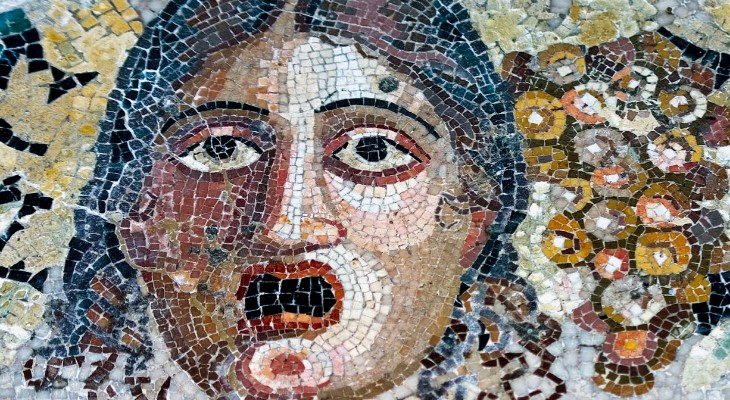
©viewingmalta.com
Visit: Domus Romana, Rabat, a Roman villa with beautiful mosaic floors; St Paul’s Catacombs, Rabat, largest Roman underground cemetery in Malta and earliest evidence of Christianity on the island.
What the Arabs did for us
After the lights went out on the Roman Empire, Malta dropped off the radar during the Byzantine period, only to re-emerge 375 years later when the Arabs took over the island… and it feels like they never left. Our language, town names, terraced fields, agricultural crops, even our cooking today all derive from the clever Arabs. Thank you for introducing us to figs, almonds, sweet pastries, spices, citrus fruits and cotton! They even taught us how to irrigate the fields.
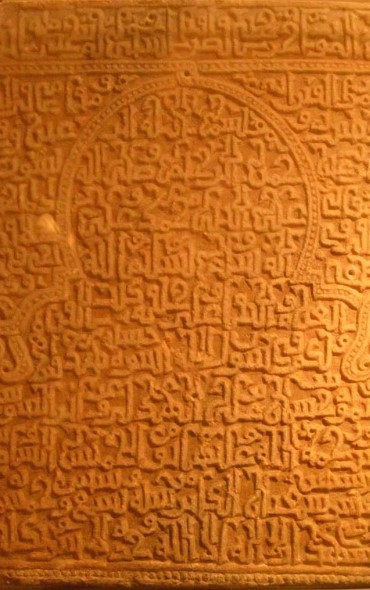
Continentaleurope at English Wikipedia, CC BY-SA 4.0
Visit: the Majmuna Stone at the Gozo Museum of Archaeology, Cittadella, the “only spectacular visual relic of the Islamic presence in Malta”.
Then came the Normans
It was all going well until the Normans won Sicily from the Arabs and took over Malta too in 1090. Enter Count Roger. Apparently, he gave us our flag. Maltese nobility prospered and built their palaces in the walled city of Mdina. But for common mortals these were hard times. Most of the people of Gozo were carted off into slavery and the fate of the islands depended on the whims of European royalty until the Holy Roman Emperor Charles V made Malta part of the Spanish Empire.
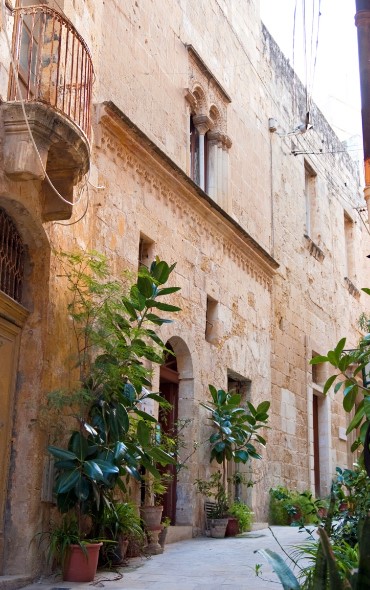
©viewingmalta.com - (Norman House)
Visit: Sicolo Norman House, Vittoriosa (Birgu)
Enter the Knights
Charles V famously granted the Maltese Islands to the Knights of the Order of St John for the princely sum of one Maltese falcon a year. Their 250-year rule changed the face of the island forever. No other era in Maltese history left such an indelible imprint on our psyche. From the eight-pointed cross to their architectural heritage and rich patrimony of artworks, the Knights gave Malta an invaluable cultural wealth. They even placed Malta on the medical map building the Sacra Infermeria, then Europe’s foremost hospital.
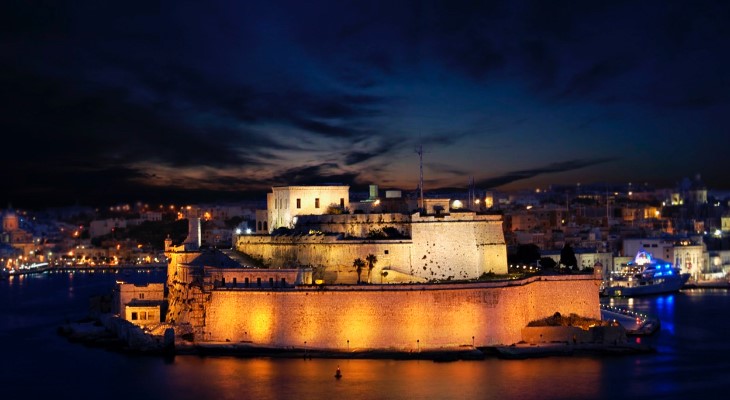
©viewingmalta.com - (Birgu Local Council)
Visit: the Three Cities of Vittoriosa, Senglea and Cospicua, Fort St Angelo, then cross Grand Harbour to Valletta which the Knights built after defeating the Turks in 1565.
Oh la la! Les Français
Monsieur Napoleon set his sights on Malta as part of his strategy to conquer Egypt. By then, the Maltese had had enough of the Knights and their aristocratic style of government and welcomed Napoleon in 1789. However, the locals quickly found the Frenchman’s radical reforms too much to bear and within three months they revolted, pushing the occupiers behind the walls of Valletta and the Three Cities. They remained there until 1800, when the British forces were called in to help Malta regain its freedom.
Visit: a commemorative plaque outside the Ministry of Foreign Affairs, Merchants Street, Valletta, remembers the “seven eventful days” when Napoleon stayed there in 1789.
Rule Brittania
Malta was part of the British empire for 150 years, and a certain Maltese brand of Britishness remains very much alive to this very day. English is joint official language with Maltese, and you can still spot those iconic red pillar post boxes dotted around the island. The British era was punctuated by cycles of war and peace. During WWI, Malta served as the “nurse of the Mediterranean” but took centre stage during WWII, suffering more sustained bombing than anywhere else. King George V was so impressed with the bravery of the Maltese during such hardship that he awarded the entire island his George Cross in 1942. Malta gained independence in 1964 and became a Republic within the British Commonwealth in 1974.
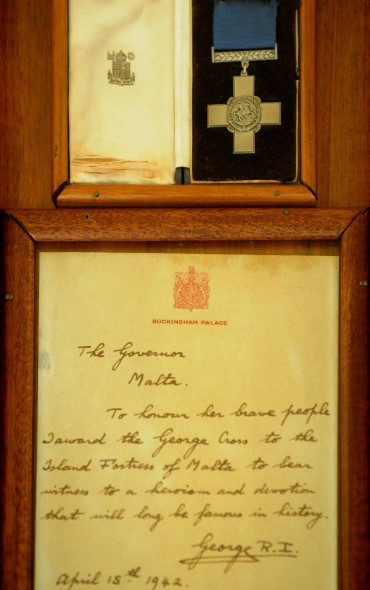
©viewingmalta.com - (DOI)
Visit: Lascaris War Rooms, Valletta, the former war HQ from where the defence of Malta was conducted during WWII; National War Museum, Fort St Elmo, Valletta, to see the George Cross.
If you only have 30 minutes …
Watch the Malta Experience audio-visual show in Valletta for an entertaining and comprehensive overview of the island’s history.